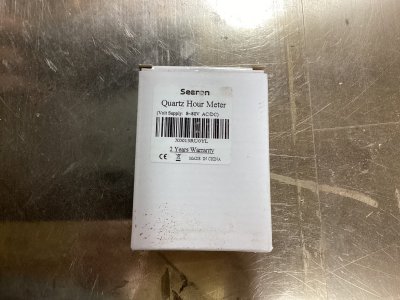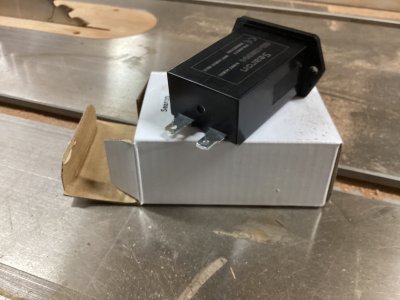Yes, I talked with them a while back when I was trying to fix it and mentioned I would probably fill it in and redrill. The new plunger I made at the time worked well enough that I didn’t do that, but it’s getting loose, so I think it’s time to make that repair.While on the phone I asked about your Missplaced gear change detents, and useing JB-Weld to fill and redrill to fix, they said nothing negative to say about the fix... I Kinda got the impression he either talked to you about this or has heard of this happening a time or two.
This is what I did. The threaded inserts are longer than needed, but I wasn’t sure if they would try and unscrew themselves from any vibration, so made them extra long. One of these days I’ll make them shorter. I used a coarse thread, might be a better idea to use a fine thread so you can go bigger with the largest insert.when I asked about the spider he liked your idea of using inserts for each size of rod in use.



